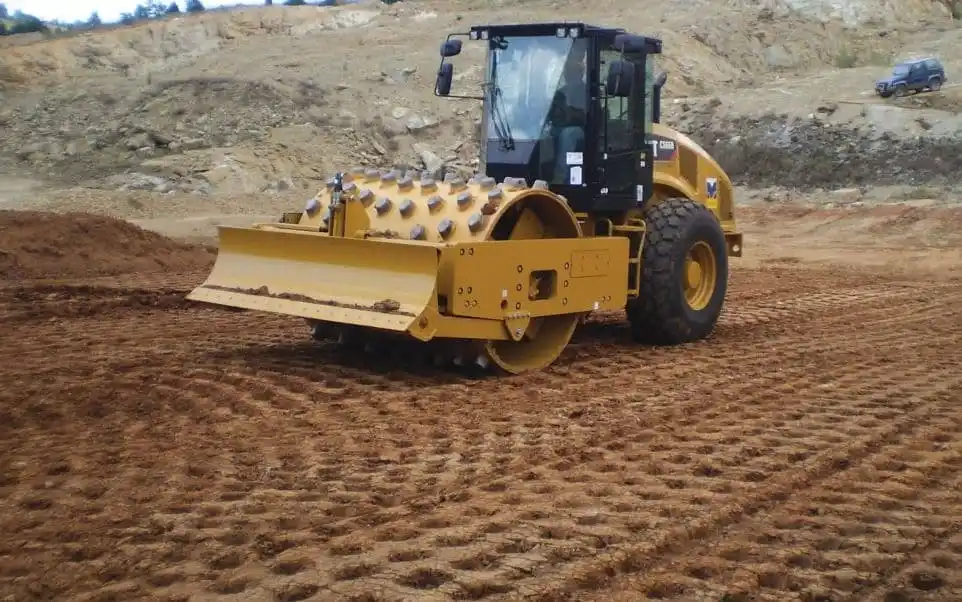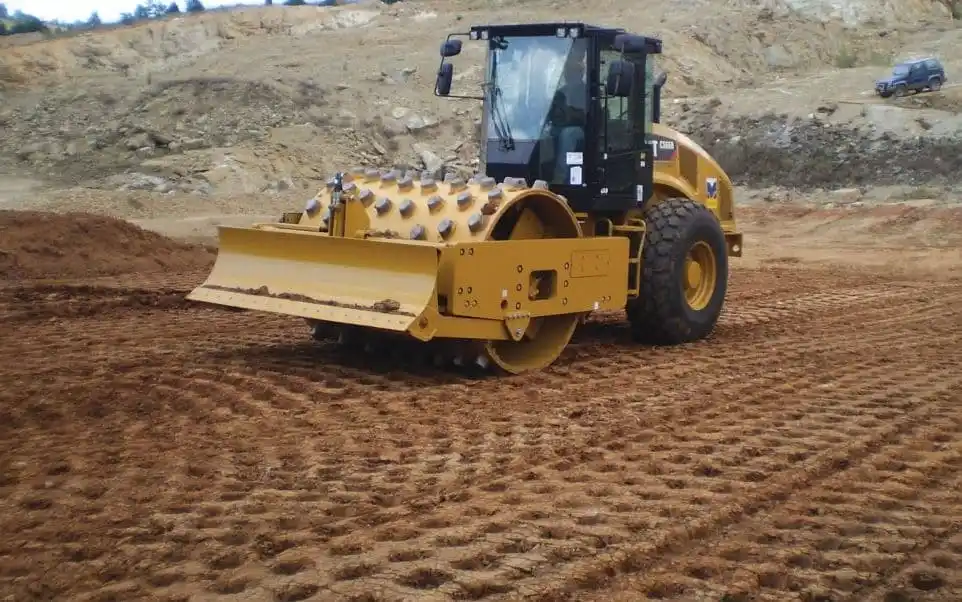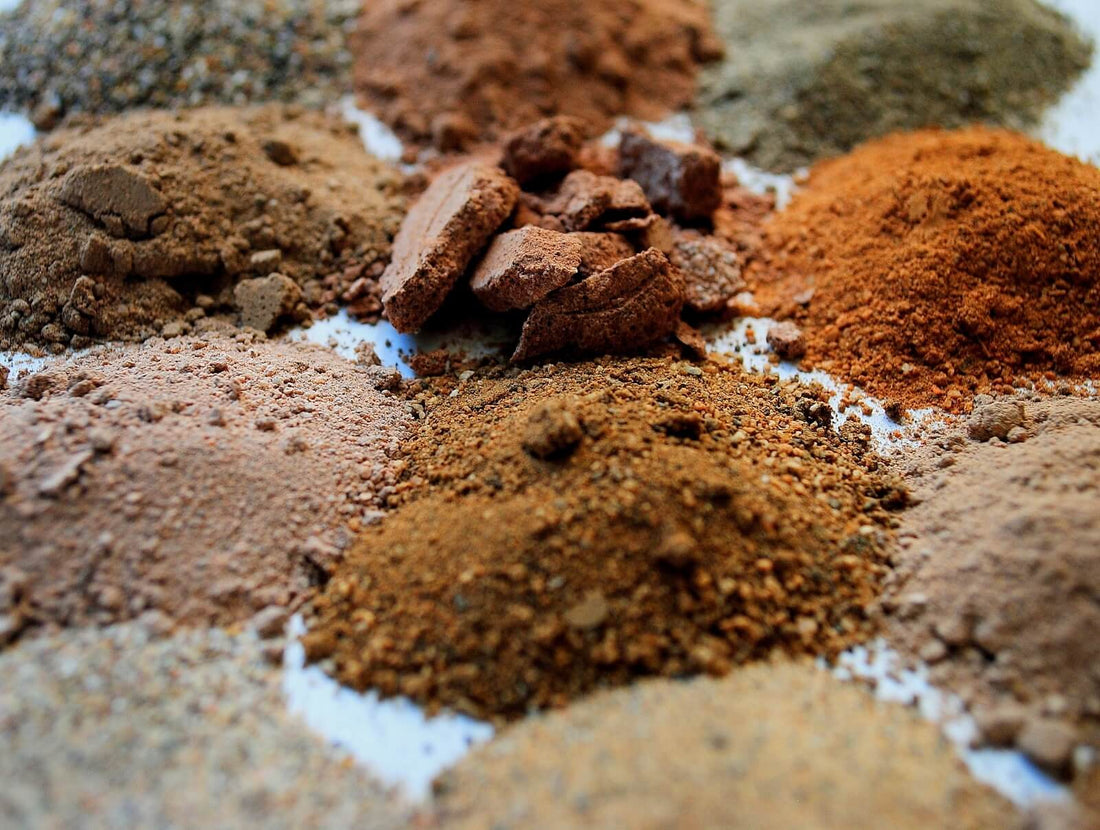Factors that affect soil compaction are discussed in detail in this article. We will guide you through the main aspects that we need to take into consideration in this context.
During construction projects, soil is often compacted. Soil compaction is inevitable in road construction projects. In other works, soil compaction is carried out as necessary depending on the construction project.
In general, soil compaction consists of reducing the pore content of the soil mass in order to increase its bearing capacity, stiffness, shear resistance, etc.
There can be many factors or variables that affect soil compaction. The most important of them are discussed in the article.
- Soil type
- soil moisture
- Compaction Machine
- Soil layer thickness
- Compression speed
- Number of passes
- Soil gradation
Let us discuss in detail the factors that affect soil compaction.
Soil type
The type of soil directly influences the degree of compaction. Some soils can be easily compacted using simple methods, while others are much more difficult to compact.
There are different types of compression Soil types react differently. Soil classification is based on particle size, soil type, critical water content, or Atterberg limit.


Well-graded granular soils with varying particle sizes are preferred for construction applications. They are easy to compact, avoid gaps due to particle intertwining and prevent moisture absorption. This allows the floor to support greater loads because it has a high density.
Due to the narrow range of particle sizes and the lack of shear strength, which is not related to non-interlocking particles due to similar sizes, soils with small grain sizes are less suitable for construction applications.
Moisture content
Soil compaction is strongly influenced by soil water content. When the water content is ideal, maximum dry density is possible.
The point at which maximum dry density is reached is called optimum moisture content.
The ideal moisture content and maximum dry density are determined through laboratory testing and these values are then used on the construction site for construction monitoring.
To bring the water content of the soil to the desired range of ideal moisture content, water can be sprayed when the soil is very dry. On the other hand, excessively wet soils bring their own problems. There are several strategies for dealing with recent rains, spring thaws, or soils that retain moisture.
Compaction machine
Various machines can be used for compaction. Depending on the type of machine, the degree of compaction may vary. As using the right machines has an impact on soil compaction, this must be done very carefully.
However, the required compaction can be achieved by any method if appropriate procedures are followed, such as the number of passes or the time spent on compaction.
Furthermore, the thickness of the soil layer to be compacted may vary depending on the type of machine used.
Some of the machines used in construction are:
- Smooth roller with static pressure
- Padfoot taming the foot
- to knock
- plate compactor


Pressure exerted on the ground
This is directly related to the machine used for compaction. The pressure exerted on the soil significantly influences the degree of compaction.
The greater the pressure, the greater the soil compaction. There are general standards in construction about when we do compaction.
It says we use 1 ton rolls, 5 ton rolls, etc. Since these are very important factors affecting soil compaction, the correct selection must be made.
The thickness of the soil layer
To achieve the required total thickness, soil compaction can often require multiple layers or layers. The stability of each layer depends on that beneath it, so the compaction of each layer is critical and must be closely monitored.
To find the balance between very small and very large layers, the correct layer thickness must be determined. While a layer that is too small leads to additional costs and time, a layer that is too large can lead to insufficient compaction and compromise stability.
Depending on the parameters, the lifting resistance is generally 200 to 350 mm.
Roll speed
With faster compression rates, more space can be compressed. However, if compaction is carried out too quickly, the necessary deformations may not occur in time. In this situation, multiple passes would be required to complete the compaction process.
It is often assumed that a lower equipment travel speed is required, particularly when using vibrating equipment. The slower speeds of vibrating equipment allow more time for additional vibration in a given area, improving compaction.
Typical travel speed for compaction machines is between 5 and 15 mph. Padfoot rollers travel at a speed of 5 to 15 mph, while smooth rollers typically travel at 5 to 7 mph. The speed of pneumatic rollers can be in the range of 15 mph.
Number of passes
The number of transitions can be considered an extremely influential factor in soil compaction.
Downforce and equipment speed have a significant impact on the number of passes required for adequate compaction.
Other important factors include soil type, moisture content, lift height and compactor type. In general, heavier equipment with a larger contact area requires fewer passes over the same soil than lighter equipment with a smaller contact area to achieve the required density.
However, at some point, adding weight or slowing down the movement no longer helps. It is not always best to run a large, heavy compressor very slowly.
Typically, a test is performed on a specific area to determine compaction. This allows us to determine the required number of passes.
Soil gradation
In general, soil can be well or evenly graded.
Well-sorted soils are compatible and evenly graded, but not tightly compacted. As we know, a well-graded soil has a low number of pores, while a uniformly graded soil has a higher number of pores.
Furthermore, the restructuring of the soil skeleton during soil compaction significantly reduces the proportion of pores. However, with single-stage soil, the degree of compaction is comparatively low.

